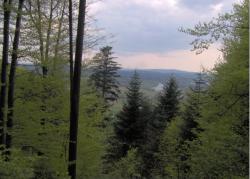 Asset Publisher
Asset Publisher
The State Forests National Forest Holding
The State Forests National Forest Holding is the largest organisation in the European Union managing forests, which belong to the State Treasury and celebrating its 90 anniversary this year.
Presently, we manage the area of one third of Poland's territory. Not long after the end of the Second World War, there was only 21 % of the area. Every year we plant 500 million of new trees, as we want Polish forests grow all the time.
Every year Polish foresters plant 500 million of trees.
85 % of nature reserves in Poland are located within the State Forests. 40 % of the forests managed by General Directorate of the State Forests are protected within the framework of European network Natura 2000. We fight against many threats: natural disasters, plaques of insects, trees' diseases, fires, pollutions, as well as poaching and vandalism.
We take care the forestry supplying the market with timber, as ecological and universal material, to be carried on in accordance with rules of balanced development (photography P.Fabjański).
One of our major tasks is making forests accessible to the society. We invite you to take advantage of these beautifully located within the forest wilderness holiday resorts, forester's lodges or guest rooms. That is for you, we create thousand kilometres of hiking trails, cycling paths or camping sites. All the above mentioned, you can find in service www.czaswlas.pl.
We also take care the forestry supplying the market with timber, as ecological and universal material, to be carried on in accordance with rules of balanced development. We obtain over 30 million of cubic meters of wood annually, twice as much as at the beginning of the nineties of the XX century.
Despite of this, the average of wood abundance per hectare of our forests is one fourth bigger than 20 years ago and 40% bigger than the average of European Union currently amounts.
In Poland in sectors connected with the forestry, there work about 375 thousand of people. It means that each 40 working Pole works in the forest.
In Poland in sectors connected with the forestry, there work about 375 thousand of people. It means that each 40 working Pole works in the forest. The sector of wood processing works out approximately 8 % of our GDP (Gross Domestic Product). Among others, thanks to the timber from the State Forests Poland is the 10 largest producer of furniture in the world, and the 4 largest furniture exporter.
The State Forests employ 25 thousand people. That way we are the 9 biggest employer in Poland. Among the largest companies in our country it takes 22 place in respect of its incomes and 11 place in respect of its profits. The value of assets, we manage, reaches 300 million zl. If we add social values, it will be worth one billion zlotych. We do not use money from the budget, but we earn money on our own to support the business. In spite of the financial crisis, since 2002, we continuously note down profits. Moreover, we pay taxes amounting 1,3 billion zl annually.
87 % of Poles think, the foresters are competent. We willingly share our knowledge of Polish forests, of their history and of nature values with the others. We publish books, periodicals, brochures; we also administer the website www.lasy.gov.pl . For children, the youth and teachers, we prepared internet service "E-lynx' Lynx Forest" (www.erys.pl). Our staff has supported schools in field of nature education for years. We also organise many actions to let people broaden their knowledge about forest, nature and ecology.
 Asset Publisher
Asset Publisher
 Asset Publisher
Asset Publisher
Hodowla Lasu
Hodowla Lasu
Podstawowym zadaniem hodowli lasu jest zachowanie i wzbogacanie lasów istniejących (odnawianie) oraz tworzenie nowych (zalesianie), z respektowaniem warunków przyrodniczych i procesów naturalnych. Hodowla lasu obejmuje zbiór i przechowywanie nasion drzew, produkcję sadzonek na szkółkach, zakładanie oraz pielęgnację i ochronę upraw leśnych oraz drzewostanów.
Hodowla lasu korzysta z dorobku nauk przyrodniczych, m.in. klimatologii, gleboznawstwa, botaniki czy fizjologii roślin. W pracach hodowlanych leśnicy dążą do dostosowania składu gatunkowego lasu do siedliska. Dzięki temu las jest bardziej odporny na zagrożenia.
Las, jeśli nie powstał w sposób naturalny, jest sadzony przez leśników. Sadzonki hoduje się w szkółkach. Uprawy są poddawane zabiegom pielęgnacyjnym i ochronnym. Mają one stworzyć optymalne warunki wzrostu dla drzew najbardziej pożądanych w składzie gatunkowym rosnącego drzewostanu. Ostatnim elementem hodowli jest wycinka drzew dojrzałych, tak aby możliwe było odnowienie lasu, w sposób optymalny dla wymagań rosnących gatunków drzew.
Przeczytaj więcej na stronie lasy.gov.pl.
Nadleśnictwo Brzozów posiada własną bazę nasienną, z której pozyskuje nasiona, w skład której wchodzą:
- wyłączone d-stany jodłowe -51 ha,
- wyłączone d-stany modrzewiowe -3 ha,
- gospodarcze d-stany bukowe -129 ha,
- gospodarcze d-stany modrzewiowe -1ha,
- gospodarcze d-stany jodłowe -158 ha,
- gospodarcze d-stany dębowe -4 ha,
- gospodarcze d-stany czereśniowe -1ha
1. W posiadanej bazie nasiennej wyróżniono 11 drzew doborowych, w tym 4 czereśniowe i 7 modrzewiowych.
2. Na terenie nadleśnictwa zlokalizowano bloki upraw pochodnych:
- 23 ha - uprawa pochodna jodłowa pochodzenia naturalnego
- 81 ha - uprawy pochodne jodłowe
- 28 ha - uprawy pochodne bukowe
3. Nadleśnictwo posiada własne gospodarstwo szkółkarskie składające się z pięciu szkółek gospodarczych o łącznej pow. produkcyjnej 2,61 ha, produkujące rocznie około 400 tys. sadzonek wykorzystywanych do odnowień i zalesień.
4. W ramach pielęgnacji lasu wykonuje się średnio rocznie około:
- 200 ha pielęgnacji upraw,
- 68 ha czyszczeń wczesnych,
- 321 ha czyszczeń późnych.
Prace odnowieniowe obejmują średnio 32 ha rocznie pod osłoną d-stanu, poprawki i uzupełnienia około 5 ha, rocznie uznaje się też około 20 ha odnowień naturalnych.


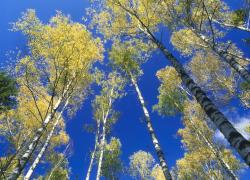 fot. Paweł Fabijański
fot. Paweł Fabijański
 fot. Paweł Fabijański
fot. Paweł Fabijański
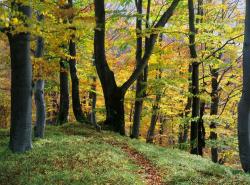 fot. Paweł Fabijański
fot. Paweł Fabijański
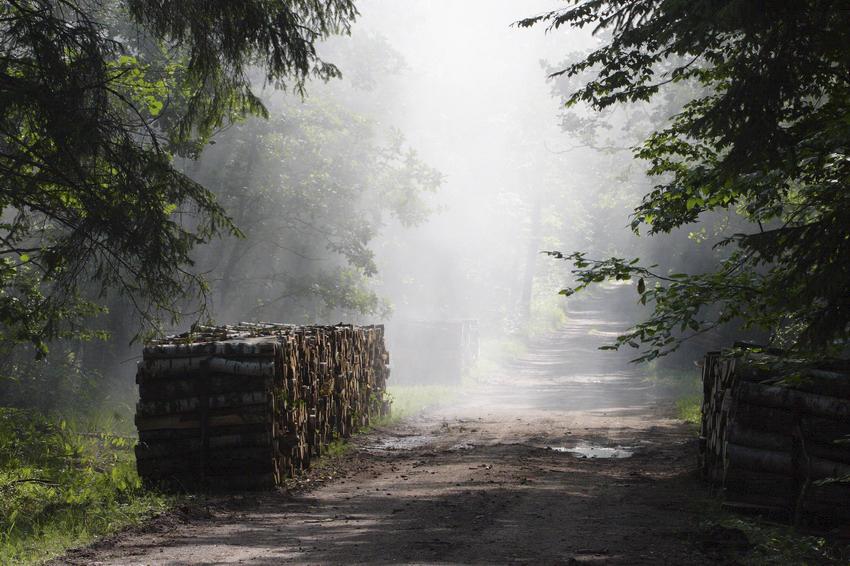





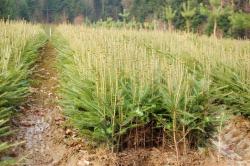 Sadzonki w szkółce Leśnictwo Blizne (fot. Tomasz Masłowski)
Sadzonki w szkółce Leśnictwo Blizne (fot. Tomasz Masłowski)
